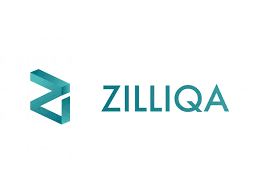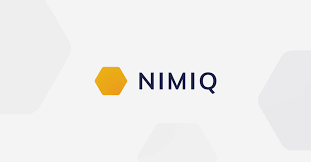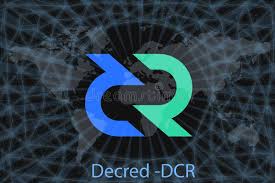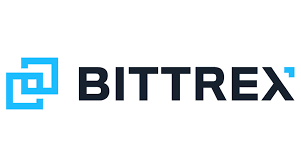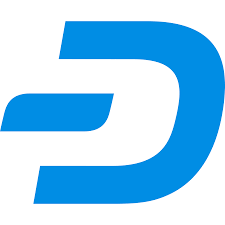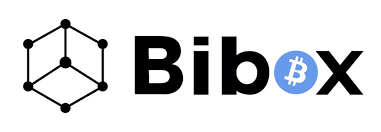New cryptocurrencies are popping up all the time. Some remain unknown to anyone, others rise to the top positions in the ratings due to the unique properties inherent in them by the developers. Monero (XMR) cryptocurrency, which in terms of capitalization is in the top 20 among hundreds of other currencies, has firmly established itself in the world of virtual money. How it attracts users and how to become the owner of Monero, we will consider further.

Monero – general information about the system
The creators of this cryptocurrency first called it BitMonero – the prefix Bit was taken from the word bitcoin, and Monero is translated as “coin” from Esperanto. The first block of currency was generated in mid-April 2014. And already in September, she was subjected to a powerful hacker attack, which she successfully survived. Moreover, according to experts, the attackers understood the source code of this cryptocurrency perfectly. Since then, the coin developers have taken several measures to further improve the security of the network.
Monero is a fork of ByteCoin – not to be confused with Bitcoin, which was the first to be implemented on the CryptoNote protocol. At first, XMR did not even have a graphical interface (GUI) that was understandable to a simple user and all interaction took place through command-line utilities. The developers presented the wallet only by the end of 2014.
Monero is based on the CryptoNote protocol, supplemented by the CryptoNight algorithm. XMR works on the principle of Proof of work – “Proof of work” and is open source.
The main “chip” of the currency is ring signatures, thanks to which the transactions of the system are mixed so much that it is almost impossible to track payments.
Users of other cryptocurrencies can also use transaction mixing, but in most cases, this requires resorting to third-party services. In Monero, mixing is at the basic level of the system. As a result, the currency is considered to be as anonymous as possible.
Advantages and disadvantages of Monero
Like any cryptocurrency, Monero has its drawbacks as well as strengths. The advantages of XMR include:
- blockchain-based decentralization;
- the maximum confidentiality mentioned above;
- high security.
- It is also worth noting the small intervals between creating new blocks – on average, they are about 2 minutes.
Of the minuses, it is worth mentioning the following points:
In Monero, the volume of each transaction is eight times greater than in the Bitcoin system.
Experts have recently disputed the issue of the maximum anonymity of this currency. In particular, the developers of Zcash made a report that the transactions of the system for the period from 2014 to 2016 can be tracked. The creators of the XMR immediately called it custom. There is also talk about the fact that if someone manages to gain control over the prevailing part of the network, he will be able to de-anonymize transactions under certain circumstances.
Monero’s advantages over other cryptocurrencies
- Unlimited mining
While Bitcoin is capped at 21 million and mining will stop after the last coin has been mined, there is no hard quantification in Monero. After the main volume of 18.4 million XMR has been mined, mining will continue, bringing a reward of 0.6 XMR for each new block.
The unlimited volume of Monero emission is ensured so that the cryptocurrency does not lose interest from the miners, who maintain the system’s operability. A fixed reward is a guarantee that mining Monero will always be profitable.
A side effect of unlimited emission is the risk of depreciation. On the one hand, the issuance of new coins will be partially offset by the lost money (wallets whose owners have lost access to them), just as a small emission of fiat money replaces lost and destroyed bills. However, on the other hand, it can restrain the growth of the rate of coins, preventing them from receiving great value (tens or hundreds of thousands of dollars).
- Mining difficulty
In the process of mining Monero coins, the computer actively uses the AES extension for x86 processor instructions. This does not allow mining on video cards to become significantly faster than processor mining and makes it almost impossible to create special ASICs. The need for large amounts of memory also complicates the task.
Thanks to the ability to profitably mine coins on a PC, the currency is more decentralized and less vulnerable. After all, if, for example, all Bitcoin mining farms are suddenly closed, the currency will become much more vulnerable for a while (until the difficulty is recalculated and mining on the CPU and GPU resumes). Monero is not threatened.
- Less time to find blocks
In Monero, the speed of finding new blocks is about 2 minutes. This is 5 times less than what is spent on generating cells in the Bitcoin network. Due to the faster opening of blocks, transactions in the system should theoretically take less time. At times of congestion, BTC transfers are sometimes delayed for several hours, and at peak times, you can wait for commission-free transfers for more than a day. This disadvantage is not so typical for Monero. The flip side of the coin is the size of the transaction record. The higher the level of anonymity protection, the more bytes per transaction. Because of this, transfers with the highest level of protection take up even more space than in Bitcoin. However, the increased fees for such transactions largely offset the disadvantage.
